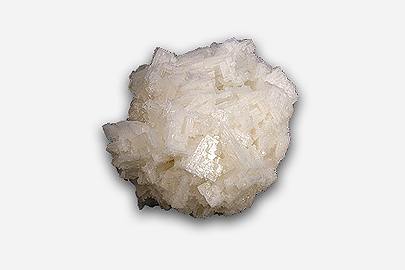Salt

Salt (NaCl) has been produced in Victoria by evaporation of seawater in artificial ponds, or from inland salinas (salt lakes and pans) in the Murray Basin of northwestern Victoria.
The evaporation of seawater at Corio, near Geelong, was once the largest source of salt in Victoria, but all production is now restricted to the semi-arid Mallee and Wimmera regions of the northwest of the state.
There, deposits are in Quaternary salinas, the largest at Lake Tyrrell, near Ouyen. In these areas, the inland lakes are partially filled during winter by rising groundwater rich in sodium chloride and other salts, which are precipitated as the water evaporates during summer.
Salt is harvested both in its naturally occurring form, directly from the lake bed, and from specially prepared crystallising areas in which salt from the lake, dissolved by winter rains, is recrystallised during spring and summer.
Salt has been harvested from the mid-western and southern shores of Lake Tyrrell. It is of good quality and is used in the production of chlorine and caustic soda.
Production from Lake Tyrrell has been supplemented by small intermittent production in the Mildura, Horsham and Kerang areas. Salt production in northwestern Victoria was first recorded in 1866 and has been reported from 25 locations.
Underground brines have been found in northwestern Victoria, but these have not been commercially exploited for salt production.
View the full list of industrial minerals
Further information
Industrial minerals and rocks of Victoria – Geological Survey of Victoria Report 102
Maps
To create your own maps online and in real time, plan exploration activities by viewing land status, or download GIS data to add to your own maps, visit GeoVic.

Page last updated: 12 Jan 2023